7 Tips to Know Before Buying Real Indoor Plants
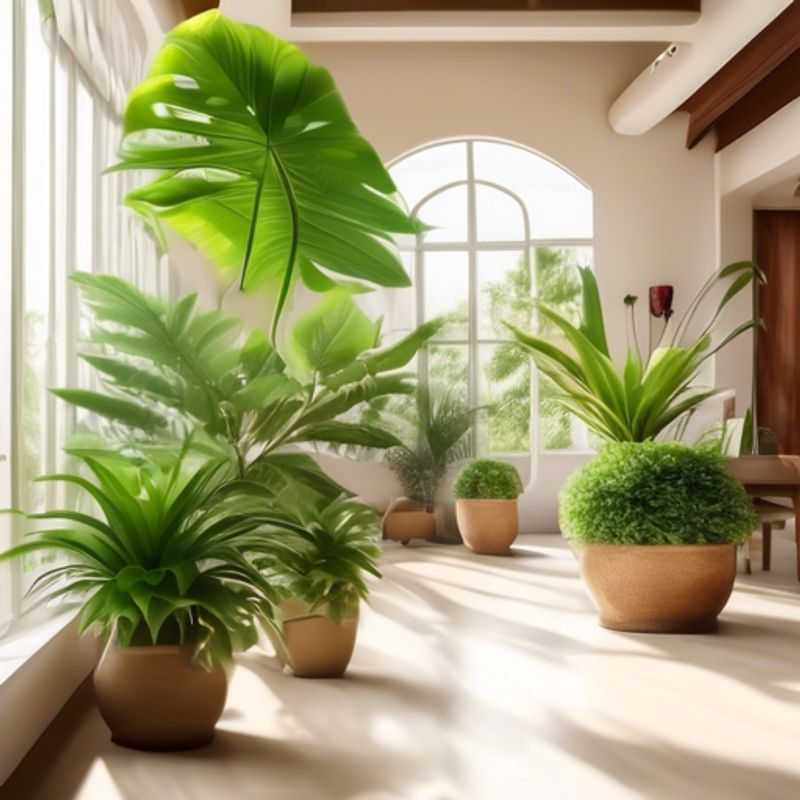
7 Tips for Choosing the Perfect Indoor Plant: Lighting, Care, Size, Skill Level, Inspection, Cost, and Maintenance
Bringing the outdoors in with real indoor plants is a fantastic way to brighten your home and enhance your well-being. But before you head to the garden center, there are some important factors to consider to ensure your new plant thrives. Here are seven essential tips to keep in mind before you purchase:
1. Determine the lighting conditions in the room where the plant will be placed.

Sunlight Symphony: Choosing the Perfect Spot for Your Plants
Before bringing home a new plant, it's crucial to determine the lighting conditions of the room where it will reside. This will ensure your plant thrives and avoids premature demise.
A simple way to assess lighting is by using the "hand shadow" method: extend your hand towards the light source. If you can clearly see the shadow, the location receives ample light. If your shadow is faint, the light is weak.
The optimal amount of light depends on the plant species. Some thrive in full sun, while others prefer low light conditions. You can find detailed information about each plant's light requirements online or through plant care guides.
Beyond natural light, artificial light sources such as fluorescent or LED grow lights can supplement or even replace natural light. These grow lights are specifically designed to emit the wavelengths of light plants require for photosynthesis.
While most plant owners can assess lighting conditions themselves, there are also professional services available. These services typically involve an in-home consultation with a plant expert who can conduct a comprehensive assessment of the lighting environment. This may be a paid service, and the cost can vary depending on the location and the service provider.
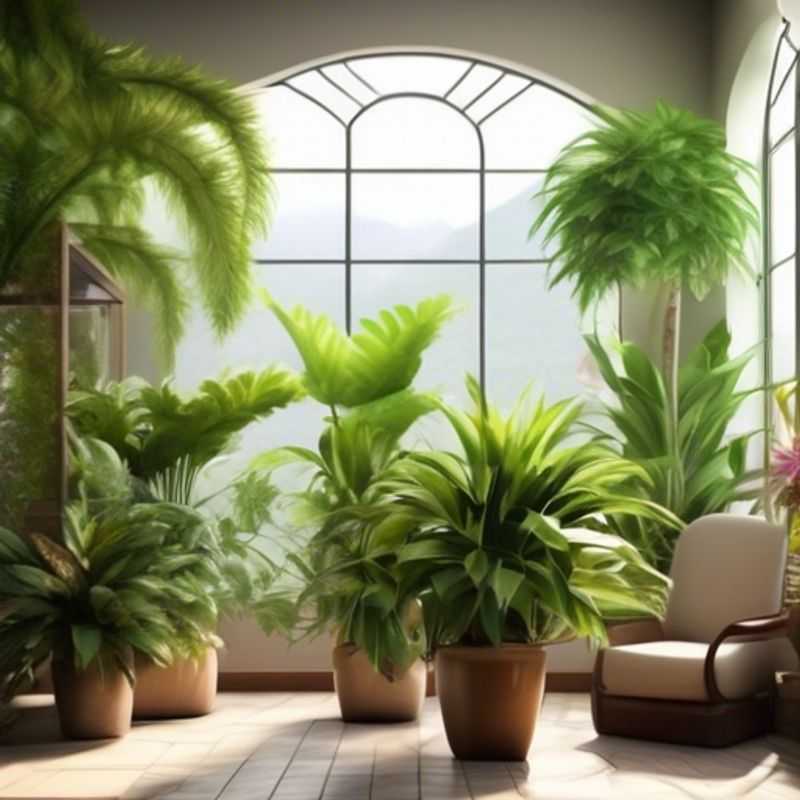
Unraveling the Mysteries: Understanding the Care Requirements of Your Dream Plant
Choosing the right plant for your home can be an exciting venture, but it's crucial to ensure you provide the necessary care. Before you make a purchase, dedicate some time to researching the specific requirements of the plant you have your eye on. This will help you avoid common pitfalls and ensure your new green companion thrives in your care.
The most important factor to consider is light. Plants need sunlight to photosynthesize and produce energy, so understanding the amount of light your chosen plant requires is crucial. Do some research on the plant's native environment and its light needs to determine if it's suitable for your home. If you're unsure, consult with a knowledgeable plant specialist at your local nursery.
Another crucial factor is watering. Different plants have varying water needs, so understanding how often your plant needs to be watered is vital. Overwatering is a common cause of plant death, so it's best to err on the side of caution and let the soil dry slightly between waterings. You can also use a moisture meter to check the soil before watering.
Temperature also plays a significant role in plant care. Plants prefer specific temperature ranges, so consider the climate in your home and research your plant's temperature tolerance. Some plants thrive in cooler temperatures, while others require warmer environments. You can adjust the temperature in your home, or choose a plant suited to your existing conditions.
Lastly, understanding the plant's fertilizer requirements is essential. Plants need nutrients to grow, and you can provide them with appropriate fertilizer. Research the type and frequency of fertilization your plant needs. However, be cautious not to over-fertilize, as it can harm the plant.
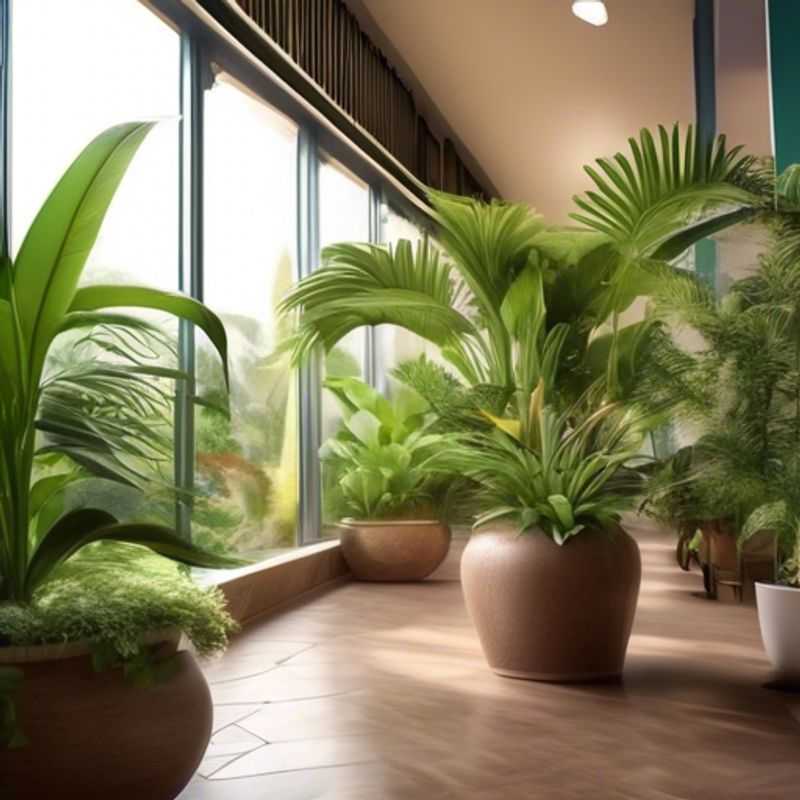
Choosing the Right Plant Size for Your Home: A Guide to Greenery Harmony
Choosing the right plant for your home involves considering the size of the plant and the available space. This is a crucial aspect of successful plant ownership, as overcrowding can lead to issues like lack of sunlight and proper air circulation.
Consider the plant’s mature size: Research the full-grown dimensions of your chosen plant. This will help you determine if it will eventually outgrow your space. Small plants can grow large, so factor in their future growth potential.
Assess your home’s layout: Take note of the available floor space, window size, and light exposure. These factors directly impact your plant’s growth and well-being. A plant that loves bright light may struggle if placed in a shady corner.
Measure your space: Before purchasing, measure the area where you intend to place your plant. This will help you avoid buying a plant that is too large or too small for your space.
Plan for future growth: While it's great to start with a smaller plant, remember that they will grow over time. Factor in their future growth potential when choosing a spot and avoid placing plants in areas where they may become cramped.
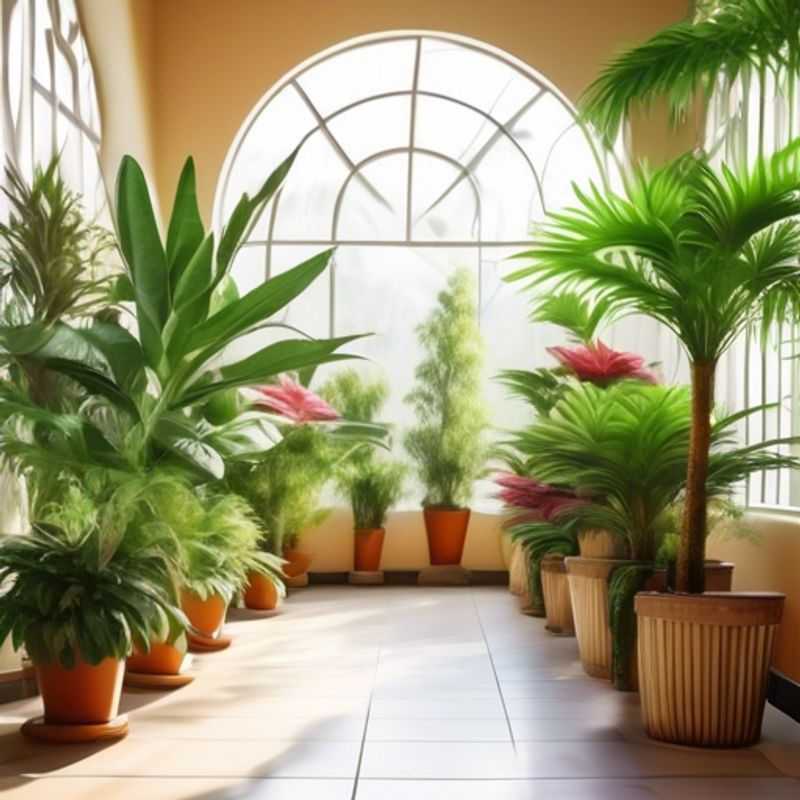
Choosing the Right Plant: A Match Made in Greenery for Your Skill Level
Starting your plant journey can be exciting, but it's important to choose plants that suit your experience level. Don't overestimate your skills – it's better to begin with low-maintenance options and gradually move towards more demanding plants.
Beginner plant owners should consider plants like snake plants, ZZ plants, or pothos. These plants are incredibly forgiving, tolerate low light, and can withstand occasional neglect. They are known for their resilience and ease of care, making them perfect for those new to plant ownership.
Intermediate plant owners can venture into plants like peace lilies, cast iron plants, or spider plants. These require a bit more attention, needing consistent watering and a brighter spot, but they are still relatively easy to maintain.
Advanced plant owners can explore more demanding plants like orchids, ferns, or succulents. These plants have specific needs and require careful attention to light, humidity, and watering.
Always research the specific needs of your chosen plant before bringing it home. Understand its light requirements, watering frequency, and any other special needs to ensure its health and longevity.
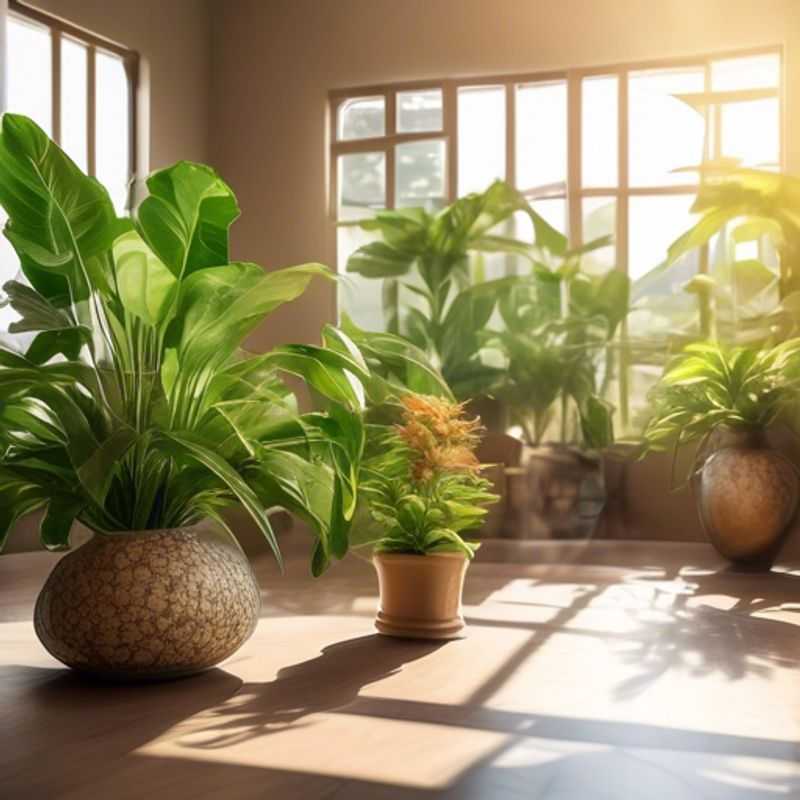
Plant Power: A Pre-Purchase Inspection for Healthy Greenery
When purchasing a plant, it's crucial to thoroughly inspect it for signs of pests or diseases. This can help prevent introducing unwanted critters or illnesses to your garden. A quick visual examination is a good starting point.
Look for any unusual spots, discoloration, or wilting on the leaves. Examine the stems and undersides of leaves for small insects or webs. Additionally, check the soil for any signs of pests or fungus.
If you spot any signs of trouble, it's best to choose a different plant. Bringing home a diseased or infested plant can quickly spread to your other plants and disrupt the delicate ecosystem of your garden.
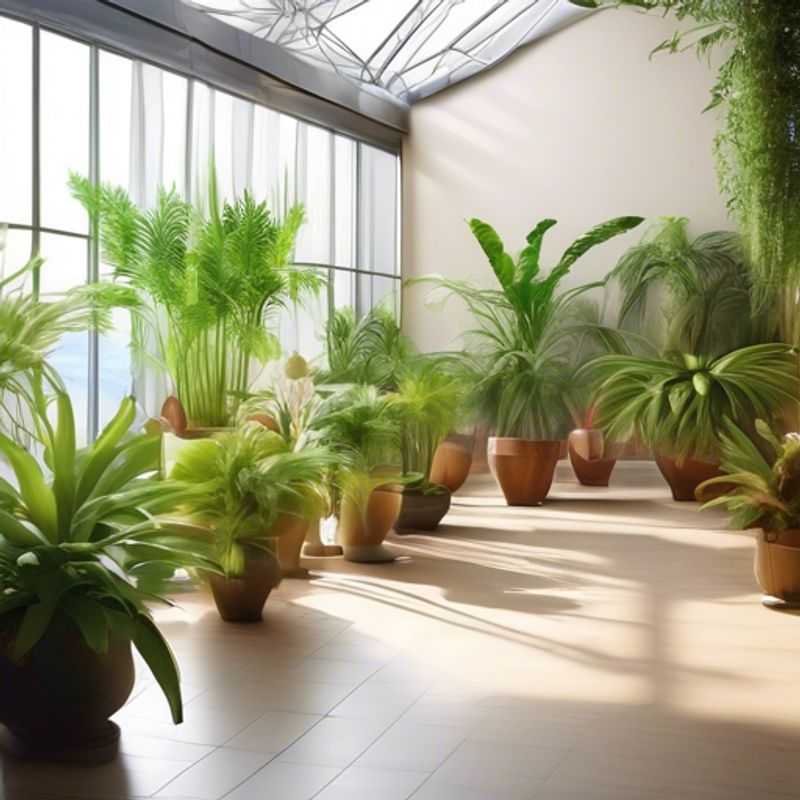
Beyond the Plant: Accounting for the Complete Cost of Greenery
Bringing a new plant home is exciting, but it's essential to factor in all costs beyond just the plant itself. This includes the pot, soil, and any necessary accessories.
Pot selection: The pot's size, material, and style can significantly impact the cost. Consider the plant's mature size and choose a pot that allows for healthy growth. While a charming vintage pot might be tempting, a basic, durable pot might be more budget-friendly.
Soil: The type of soil your plant requires is crucial. Specialized potting mixes cater to specific plant needs, such as drainage or nutrient levels. Don't skimp on this; good soil is vital for your plant's health.
Accessories: While not always necessary, items like drainage trays, plant saucers, or even decorative pebbles can add up. Consider the practical needs of your plant before adding these extras to your budget.
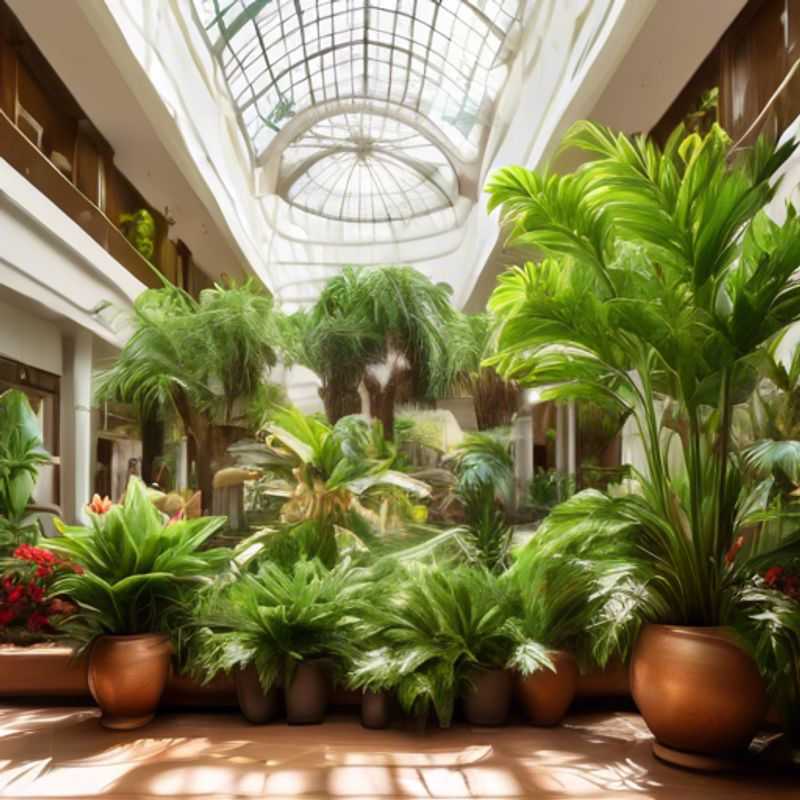
Watering and Feeding Your Plant: A Guide to Thriving Greenery
Watering and fertilizing are crucial for plant health. To optimize these processes, follow these steps:
Watering: Check the soil moisture before watering. When the top inch of soil is dry, water thoroughly until excess water drains from the drainage holes. Avoid overwatering, as it can lead to root rot.
Fertilizing: Most plants benefit from regular fertilization during their growing season. Choose a balanced fertilizer, which provides a mix of nitrogen, phosphorus, and potassium. Follow the fertilizer instructions for the recommended frequency and amount. Avoid excessive fertilizing, as it can damage roots.
Important Considerations:
Plant Type: Different plants have different water and fertilizer needs. Research your specific plant species for optimal care.
Environment: Sunlight, temperature, and humidity affect water and fertilizer requirements. Adjust your practices accordingly.
Signs of Trouble: Yellowing leaves, wilting, or stunted growth can indicate inadequate watering or fertilization.
Additional Information:
For detailed information on watering and fertilizing specific plant species, consult reputable gardening resources online or visit your local garden center.
